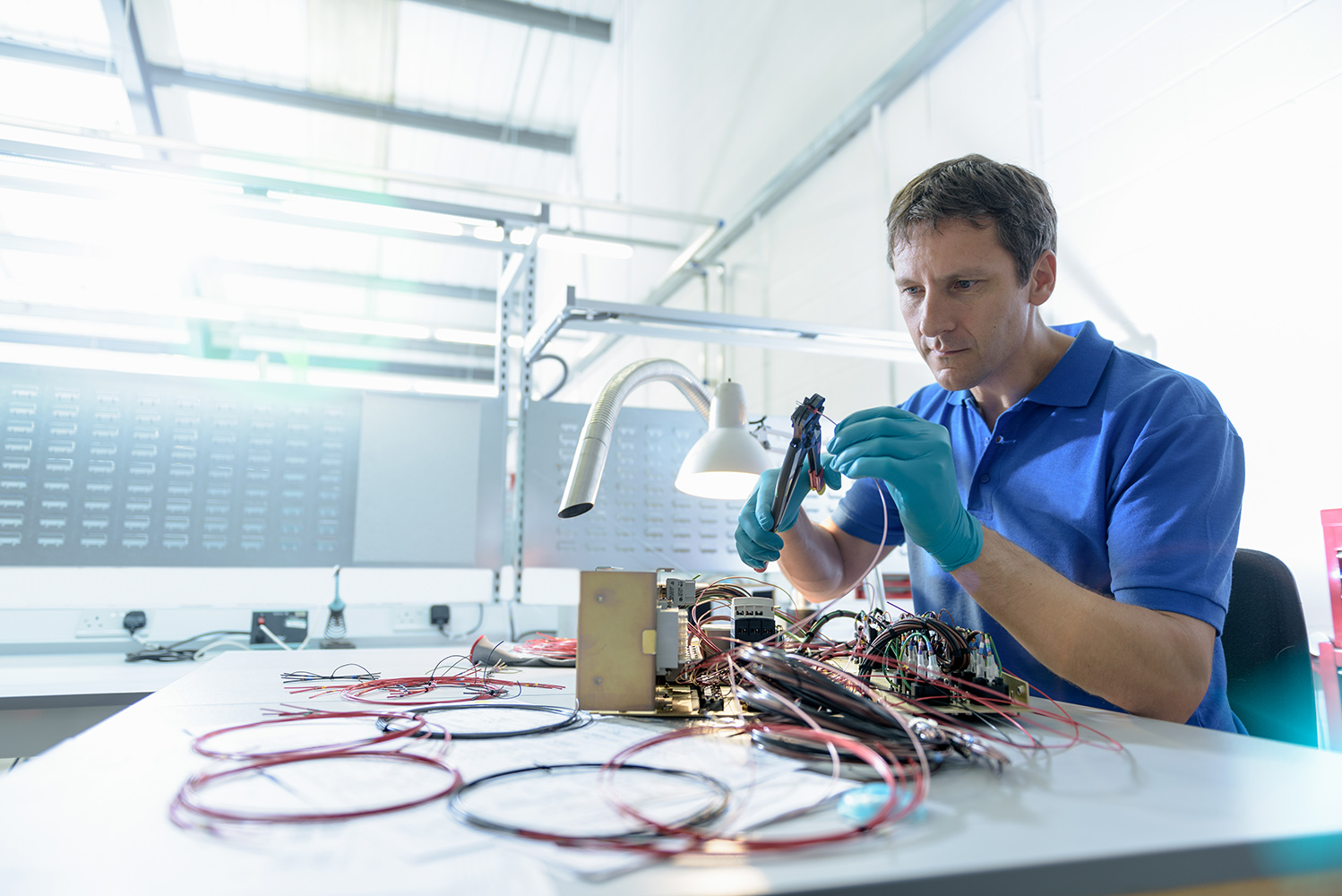
Quality Control and Error Reduction in Electronics Production
Quality control and defect reduction in electronics manufacturing are critical to ensuring product reliability and customer satisfaction. Below are some strategies to improve quality control and reduce defects in electronics manufacturing:
Quality Control During the Design Phase
Error Detection: During the design phase, simulations can be run to identify potential errors. By optimizing electronic circuits and PCB (Printed Circuit Board) designs, problems can be addressed early.
Modular Design: Designs can be tested by breaking them down into smaller, modular components, allowing each module to be checked separately.
Digital Twin Technology: With this technology, potential problems can be seen earlier by creating digital versions of prototypes in the design phase.
Material Selection and Supply Chain Management
Quality Raw Materials: The materials that form the basis of electronics production must be of high quality. Using high-quality components such as integrated circuits, resistors, and capacitors reduces error rates.
Supplier Selection: Supplier reliability and product quality directly impact the quality of the production process. Working with reliable suppliers reduces production errors caused by faulty materials.
Material Tests: The components to be used must undergo quality tests before production (e.g. temperature test, voltage test, resistance test).
Automatic Visual Inspection (AOI)
Using Automatic Visual Inspection (AOI): These systems can automatically detect defects on circuit boards (such as short circuits, soldering errors, component placement errors, etc.). Visual inspection enables fast and accurate analysis, reducing human error.
High Resolution Cameras and Algorithms: AOI systems can detect defects on PCBs down to very small levels with high resolution cameras and advanced algorithms.
Continuous Monitoring and Testing Processes
Functional Testing: Functional testing must be performed to verify that products perform according to design requirements. Performance testing of electronic products should be conducted at every production stage, and quality assurance processes must be rigorous.
Staged Testing Processes: Testing should be performed at each stage of the production process (e.g., assembly, soldering, final testing). This allows for early detection of errors.
High Temperature and Humidity Tests: Electronic products must be tested against environmental influences such as high temperature and humidity. This is especially important in the production of products that require durability and longevity.
Education and Workforce Development
Personnel Training: Regular training of the production line workforce is crucial for improving quality. Technical personnel must understand the causes of faulty production and how to resolve them.
Error Awareness: Production workers must understand that faulty production has a significant impact on customer satisfaction. Workforce awareness must be raised to identify and prevent the source of errors.
Implementation of Lean and Six Sigma Methods
Lean Manufacturing: Lean manufacturing principles can be applied to reduce waste and increase efficiency in the production process. This avoids unnecessary processes, resulting in faster and more accurate production.
Six Sigma: The Six Sigma methodology can be used to minimize error rates. This methodology aims to reduce errors through statistical analysis and process improvement techniques.
Production Data Tracking: Every stage in the production process must be traceable. Components used, machines used in production, and test results should be recorded. This data can be used to identify the causes of faulty production.
Feedback System: Customer feedback is a key resource for identifying errors and issues. This data allows for continuous improvement of the production process.
Use of High-Precision Equipment
Soldering Machine Calibration: Errors made during the soldering process can affect the connections of electronic components. Regular calibration of soldering machines reduces soldering errors.
High-Precision Assembly Equipment: Increasing the precision of assembly machines in the production line ensures accurate placement of components.
Poka-Yoke (Error Prevention Systems)
Automatic Error Prevention: Poka-Yoke is a technique that prevents errors from occurring due to human factors. Machines used on the production line can incorporate sensors and systems that prevent incorrect components from being placed.
Final Check and Final Tests
Holistic Final Inspection: Products must undergo a holistic final inspection. This inspection should include both functional and visual inspections.
Structural Tests: The structural integrity of electronic products should also be checked during final tests. The PCB should be tested for proper fit and secure connections.
Conclusion
To ensure quality control and reduce errors in electronics production, both technological solutions and human factors-based strategies must be implemented together. Continuous improvement, training, proper equipment use, and process improvements help minimize errors.



